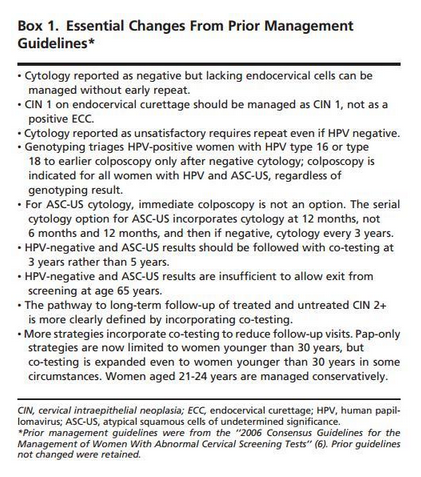The wellness emphasis in the Affordable Care Act is built around the Centers for Disease Control and Prevention’s (CDC) 2009 call to action about chronic disease: The Power to Prevent, the Call to Control. On the summary page we learn some shocking statistics:
-
“Chronic diseases cause 7 in 10 deaths each year in the United States.”
-
“About 133 million Americans—nearly 1 in 2 adults—live with at least one chronic illness.”
-
“More than 75% of health care costs are due to chronic conditions.”
Shocking, that is, in how misleading or even false they are. Take the statement that “chronic diseases cause 7 in 10 deaths,” for example. We have to die of something. Would it be better to die of accidents? Suicides and homicides? Mercury poisoning? Infectious diseases? As compared to the alternatives, it is much easier to make the argument that the first statistic is a good thing rather than a bad thing.
The second statistic is a head-scratcher. Only 223 million Americans were old enough to drink in 2009, meaning that 60% of adults, not “nearly 1 in 2 adults,” live with at least one chronic illness — if their language is to be taken literally. Our suspicion is that their “133-million Americans” figure includes children, and the CDC meant to say “133-millon Americans, including nearly 1 in 2 adults, live with at least one chronic illness.” Sloppy wording is not uncommon at the CDC, as elsewhere they say almost 1 in 5 youth has a BMI > the 95th percentile, which of course is mathematically impossible.
More importantly, the second statistic begs the question, how are they defining “chronic disease” so broadly that half of us have at least one? Are they counting back pain? Tooth decay? Dandruff? Ring around the collar? “The facts,” as the CDC calls them, are only slightly less fatuous. For instance, the CDC counts “stroke” as a chronic disease. While likely preceded by chronic disease (such as hypertension or diabetes) and/or followed by a chronic ailment in its aftermath (such as hemiplegia or cardiac arrhythmias), a stroke itself is not a chronic disease no matter what the CDC says. Indeed it is hard to imagine a more acute medical event.
They also count obesity, which was only designated as a chronic disease by the American Medical Association in June–and even then many people don’t accept that definition. Cancer also receives this designation, even though most diagnosed cancers are anything but chronic – most diagnosed cancers either go into remission or cause death. “Chronic disease” implies a need for and response to ongoing therapy and vigilance. If cancer were a chronic disease, instead of sponsoring “races for the cure,” cancer advocacy groups would sponsor “races for the control and management.” And you never hear anybody say, “I have lung cancer but my doctor says we’re staying on top of it.”














